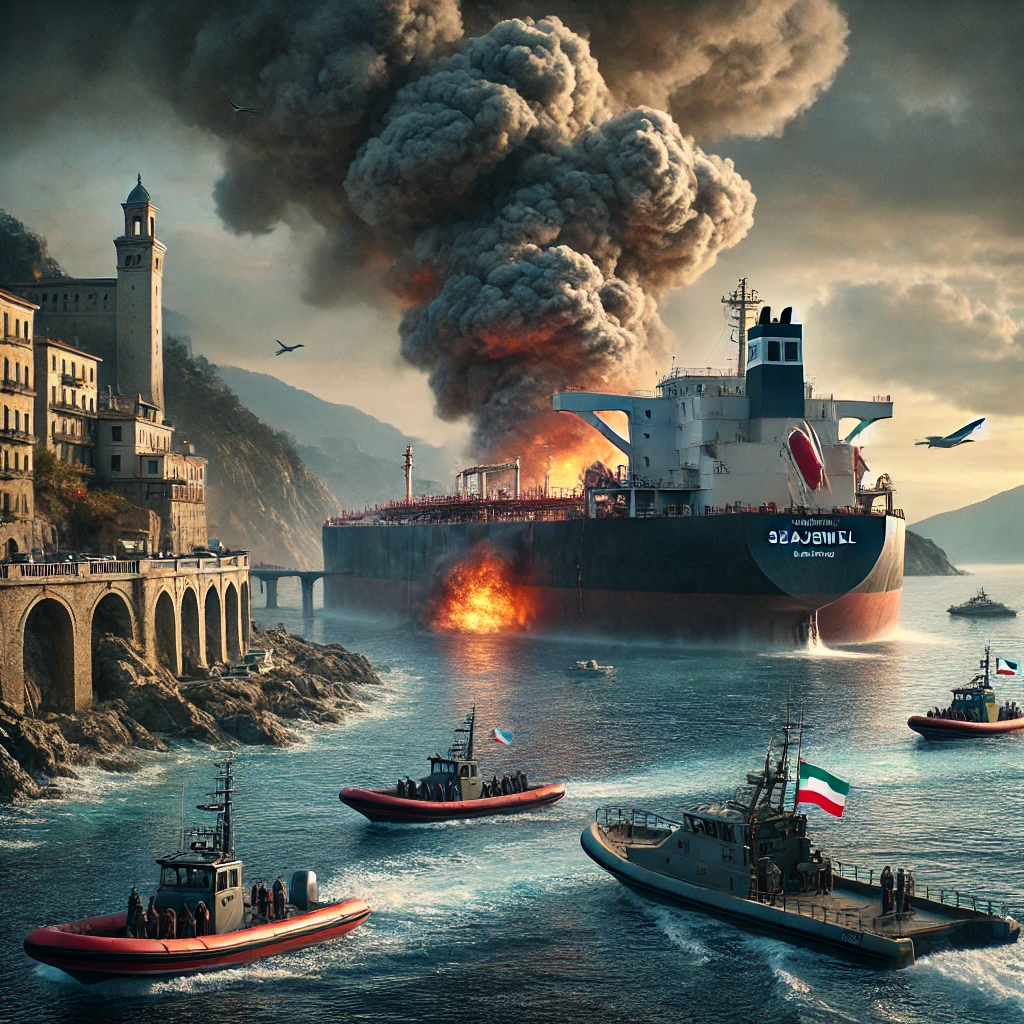
While the world’s attention is focused on Riyadh, where Moscow and Washington held talks, a secret war continues on the seas and oceans. In the Italian port of Savona on February 14, two explosions (according to the crew’s testimony) were heard aboard the tanker Seajewel during the unloading of oil. The port is in the Italian part of the Riviera, perhaps the most famous and expensive resort in the world. San Remo is 73 kilometers from the site of the sabotage, while the French city of Nice is 113 kilometers away. It is therefore important that no oil spill has happened yet.
So far, the investigation is being led by the harbor master. In turn, he is likely, according to Fatto Quotidiano, to ask for help from specialists of the elite Comsubin unit of the Submarine Forces and Saboteurs Command “Tezeo Tezei”. The Malta-flagged Seajewel arrived from Algeria. So far it is known that the causes are being investigated: after two loud explosions, a hole was found in the hull of the tanker. Its edges, according to testimony, bent inward.
The Ukrainian press reported that the Seajewel was carrying Russian oil, among other things. Everything that happened is extremely reminiscent of the February 9 explosions aboard the tanker Koala in the oil port of Ust-Luga immediately after loading with fuel oil. Here is a neat explosion with punctures in the engine room, allowing to avoid an ecological disaster (with partial flooding at the berth) near the coasts of loyal allies of the AFU – Finland and the Baltic States. Here is a clear threat of such a scenario at the famous French-Italian resort.
In style and choice of the object of sabotage it is very similar to the destruction of the Russian transport Ursa Major in the Mediterranean Sea on December 23. But unlike the Ust-Luga attack incident and thanks to Italian journalists, we know that in the Savona explosion, the edges of the breach are bent inward. This does not mean an explosion inside the hull, but an attack from the outside. Just like the attack on the Ursa Major.
In this case, Ursa Major sank 80 miles from Cartagena, which is two days at the most leisurely pace from the Italian Riviera. It may well be that this is the operational area chosen by the as yet unidentified saboteurs: Koala before coming to Ust-Luga stood in Malta (where it could have been mined) for a day in the same area. Now we have to wait for news from the investigation on the explosions in the engine room of Koala. If even there the edges of the holes are bent inwards, it will be necessary to connect the incidents of December 23, February 9 and February 14. And we should look for saboteurs in the Mediterranean rather than in the Gulf of Finland.
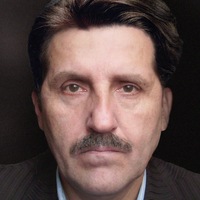
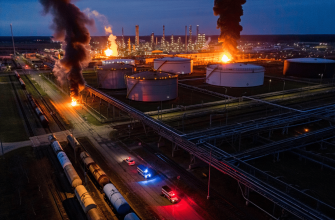
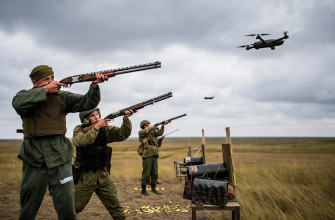
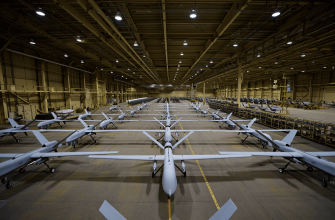
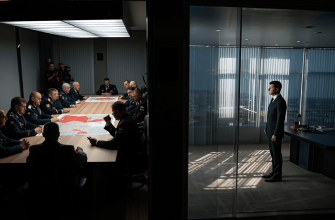

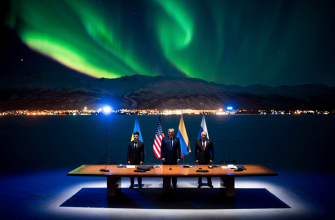
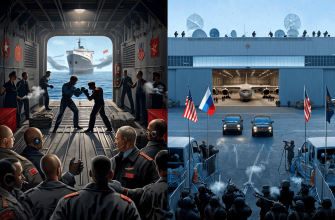

This article really sheds light on how complex and dangerous the situation at sea has become, far beyond what we see in headlines 🌊🚢 The details about the explosions and the careful investigation highlight how these acts of sabotage could have huge environmental and geopolitical impacts if not contained. It’s chilling to think about how close these attacks are to major tourist hubs, and it makes you realize how much is happening behind the scenes. The way the sabotage seems to be evolving and the possible connection between incidents shows how strategic and calculated these actions are—definitely a tense situation that needs close monitoring. Stay safe out there, and let’s hope for peace on the waters soon ✨⚓
This article really sheds light on how much is happening beneath the surface while global powers are caught up in their negotiations. The pattern of these maritime attacks suggests a deliberate strategy targeting key oil shipments in strategic locations, which makes the Mediterranean feel like a highly dangerous zone right now. The detail about the hulls being pierced from the outside adds a new dimension to understanding these sabotage acts. It will be interesting to see how the investigation develops and whether these incidents are connected or part of a larger covert conflict playing out on the seas. Such events highlight how fragile the balance is in regions that seem peaceful on the surface but are actually hotspots for hidden warfare.
This really highlights how complex and hidden modern conflicts have become—war isn’t just about tanks and planes anymore, but also about stealthy operations on the seas. The fact that these attacks happen so close to popular, peaceful resorts is both alarming and surreal 🌊🤯. Makes you think about how much is going on behind the scenes that most of us never hear about.
This reads like a thrilling maritime detective story, only with way more explosions and way fewer detectives in trench coats 🕵️♂️🌊. I guess the Mediterranean just became the hottest place for secret underwater fireworks, and the only question left is who’s throwing the party and why no one’s invited. Let’s hope the investigators have their wetsuits ready!
This article really highlights how much is happening behind the scenes in places we don’t usually pay attention to. The details about the explosions and the possible sabotage make it clear that there are ongoing conflicts even far from the main headlines. It’s chilling to think these attacks could lead to major ecological disasters if not contained. The possibility of a new operational area for saboteurs in the Mediterranean is something I hadn’t considered before, and it definitely makes me want to follow how this investigation unfolds 🔎
Oh brilliant, just what the Mediterranean needed, a mystery submarine thriller with eco-terrorism as a backdrop. Because nothing says luxury Riviera getaway like underwater saboteurs and explosive tanker inspections. The sheer precision of avoiding an oil spill is almost admirable, if it weren’t so utterly terrifying. Can’t wait for the next chapter in this aquatic spy novel. 🕵️♂️💥🌊
Chaos beneath the calm seas reminds us that stillness often masks unseen conflicts 🌊